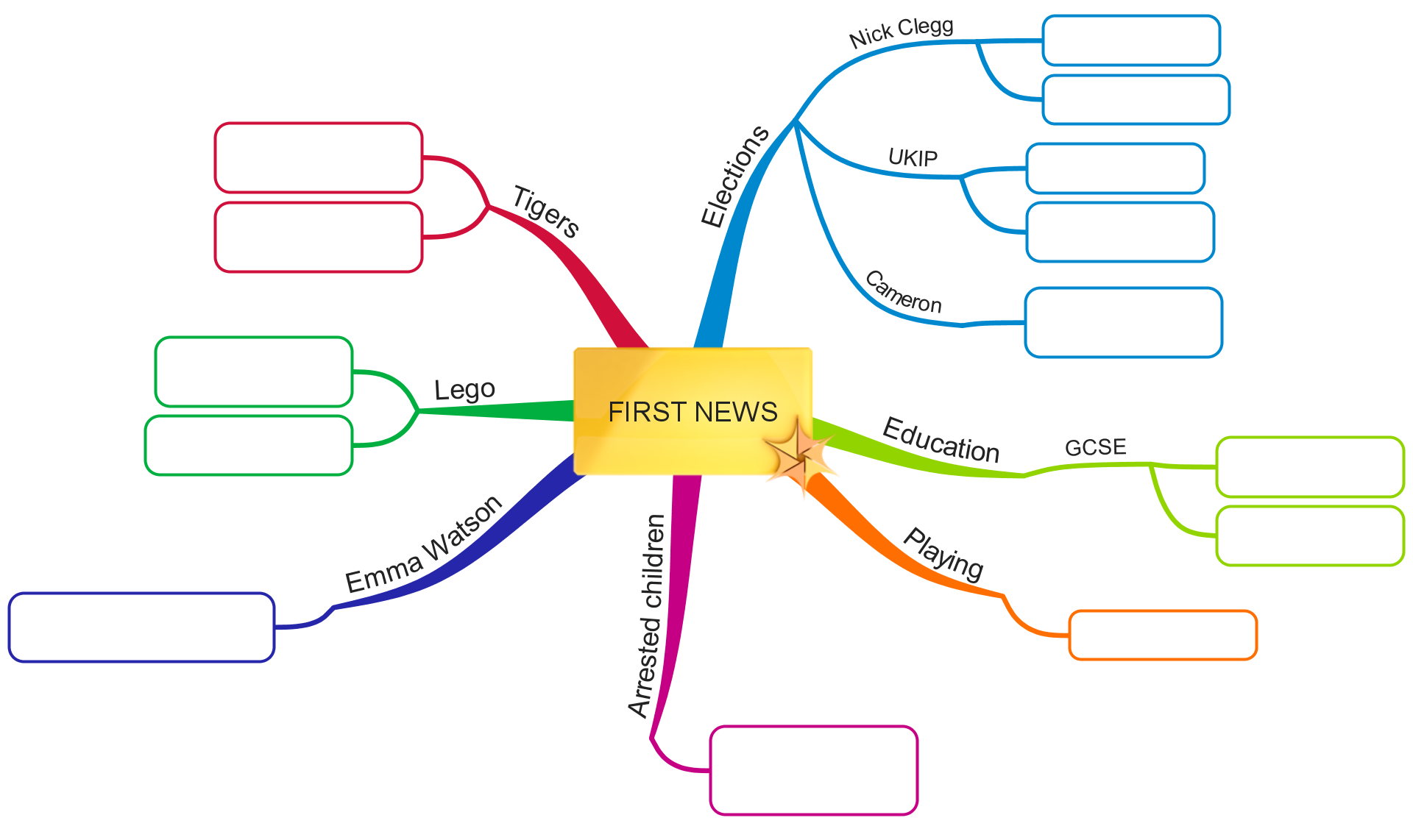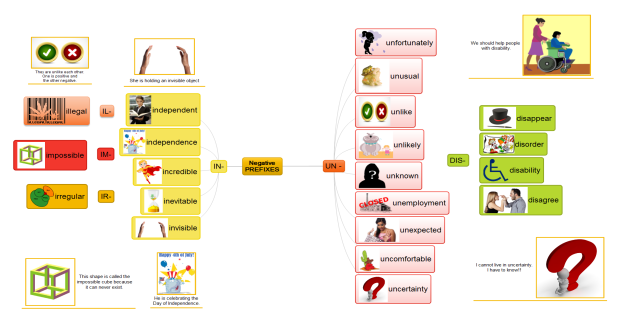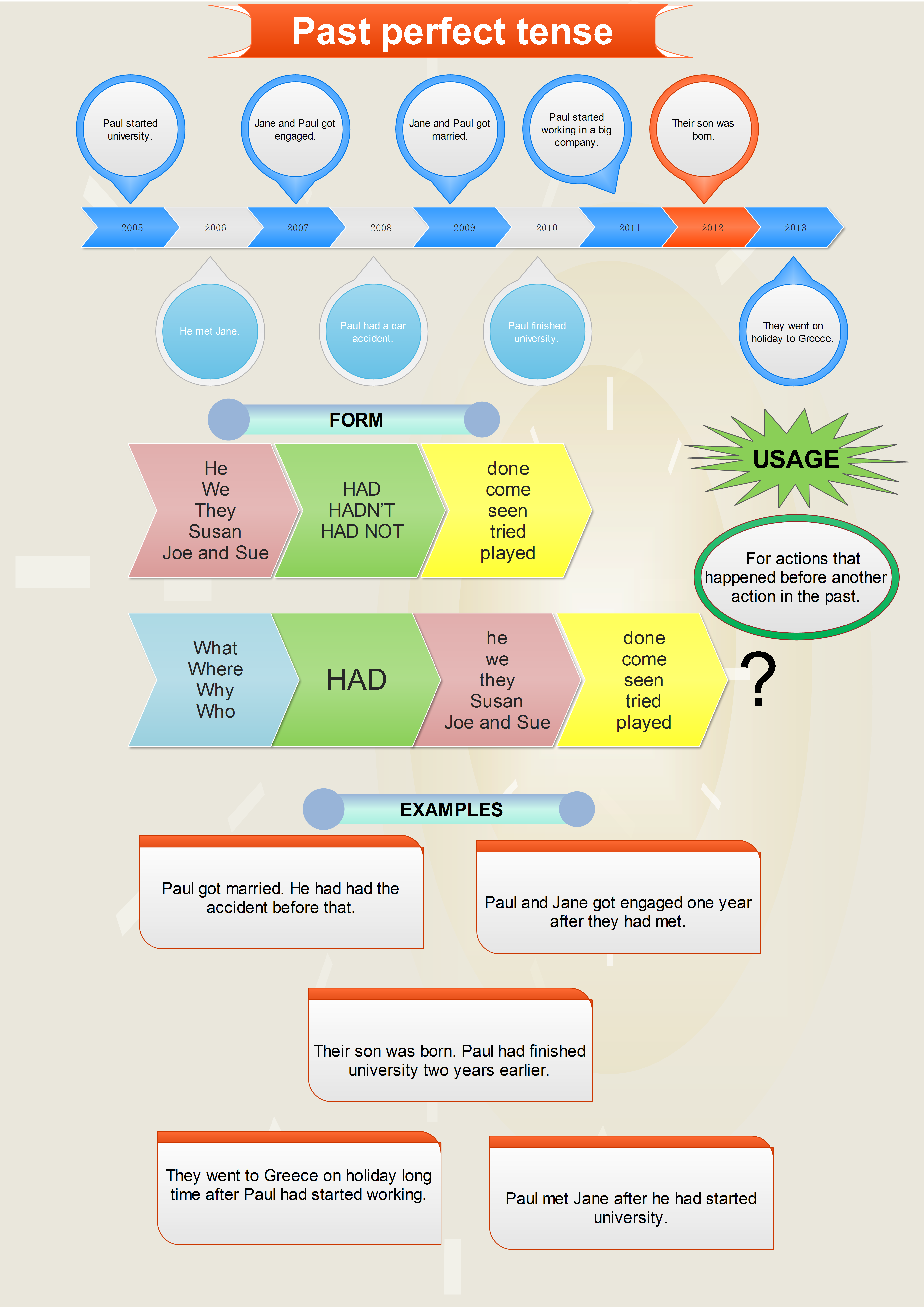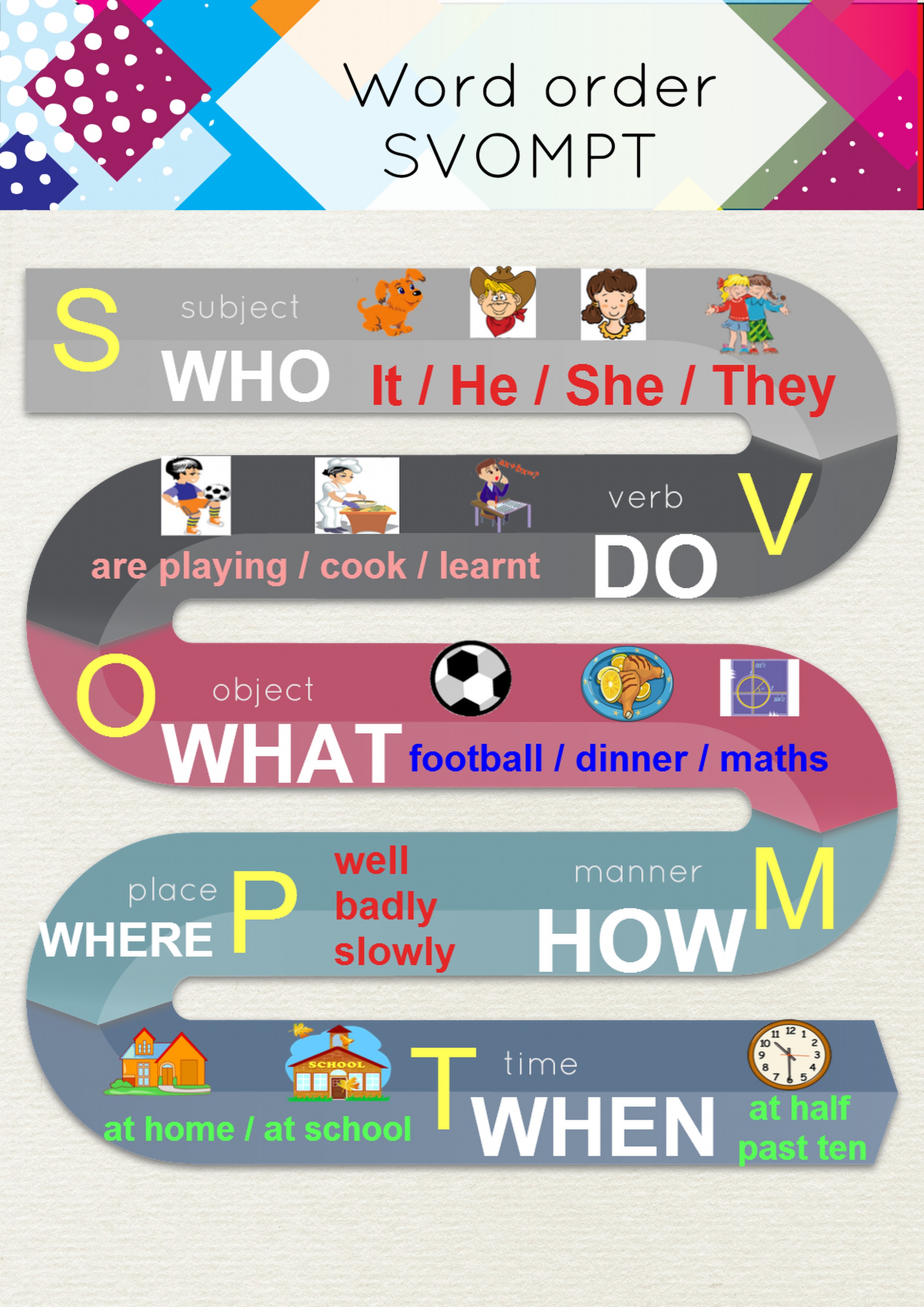7 Problems with Reading Aloud and a Possible Solution
Reading aloud is one of the most frequently used activities at schools. At the same time, it is one of the most discussed activities in ELT and many teachers refuse to use it. In this post, I would like to discuss the problems reading aloud poses and a possible solution.
Problems with reading aloud
The first problem, and one of the most frequent complains about this method, is that reading aloud is not natural. The typical question is “When was the last time you read aloud?” And people have a really hard time to remember and answer this question. But we actually read aloud much more frequently than we realise. For example, parents read to their children every night. When I cook, I read parts of the recipes aloud to remember them. A friend of mine often reads jokes from his mobile phone for me. As you can see, even nowadays we read aloud much more often than we realize.
ADVERT:
[showmyads]
The second problem is that there is very low student participation in this activity. Commonly, one student reads and the others listen (actually, it would be more correct to say that they do something else – usually something undesirable 🙂 ). Those who promote reading aloud say that the others learn from the mistakes their schoolmates make. But I think it is wishful thinking. When one student reads the others simply don´t listen. Therefore, if we want to read aloud in class we must do something about it.
The third problem is that some students read badly and slowly and thus they set a bad example for the others. That is true, but as the others do not pay much attention they are not really affected. Anyway, giving these weak readers enough time to get through the text isn´t good either. We need to speed up their production!
The fourth problem is that students need to understand the text. The comprehension is much more important than the ability to read the text aloud. But my question is – “Is it possible to read something aloud without understanding it”? If you just hear something and repeat it, then it is possible to ignore the meaning, but if you need to read a text aloud many parts of your brain get activated and you understand more. Once again the speed of the production is important.
The fifth problem with reading aloud is repetition. To be able to read a text fluently and understand it well, students need to re-read the same text several times. And even if the text is interesting, they are bored as soon as they start to read the text the second time. If they are bored, they do not pay attention and if they don´t pay attention they don´t learn! Therefore, if we want our students to read something again, we have to change the text somehow. But how? Printed words are impossible to change.
The sixth problem is, that reading aloud is time-consuming. Let´s suppose, that you teach an ideal class with 12 students who pay attention all the time. However, even a short text takes about one minute to read for each student. Moreover, you need to correct them and thus each student spends two minutes reading. That is 24 minutes in this ideal scenario. It is a lot of time that could have been used better. Don´t you think?
The seventh problem is connected with noticing the language. Many textbooks use short texts to introduce some grammar. Students are expected to notice these grammar points and deduce the correct grammar rules from them. But it hardly ever happens. Students need to read the same text again and again to notice the grammar (some of them do not notice anything no matter how often they read it 🙂 ). To help the students notice the grammar, the students need to produce it and hear it many times.
As you can see, reading aloud faces a lot of problems, but I still think that it is a great activity. In this way, students can practise their pronunciation, they can revise the grammar and vocabulary and they can improve their fluency. But we need to change the activity a bit to achieve all of these desirable outcomes.
Reading aloud solution
You can see the video here.
This video solves several problems mentioned above. As all the students read at the same time, thus the participation is high (problem 2). As the video does not stop, students need to read quickly and they need to correct themselves and so they learn from their own mistakes (problems 3 and 2). The same text is repeated 4 times and each time it poses a different challenge (problem 5). The video takes 12 minutes which is not too long (problem 6). And as students need to produce the correct grammar, there is a bigger chance that they will notice it (problem 7).
What do you think? Do you think this solution is good? How would you improve it? Please comment and let us know? Thank you.
POLL:







I really appreciated this method. Thnks.
I think this is a great resource. Thanks. If you would like another great reading aloud exercise, you should try the Crazy Professor Reading game by Whole Brain Training. I use it all the time with my students (aged 8 to twelve years old). The results are fantastic and the kids are actually begging to do it every week.
Great article very useful to me